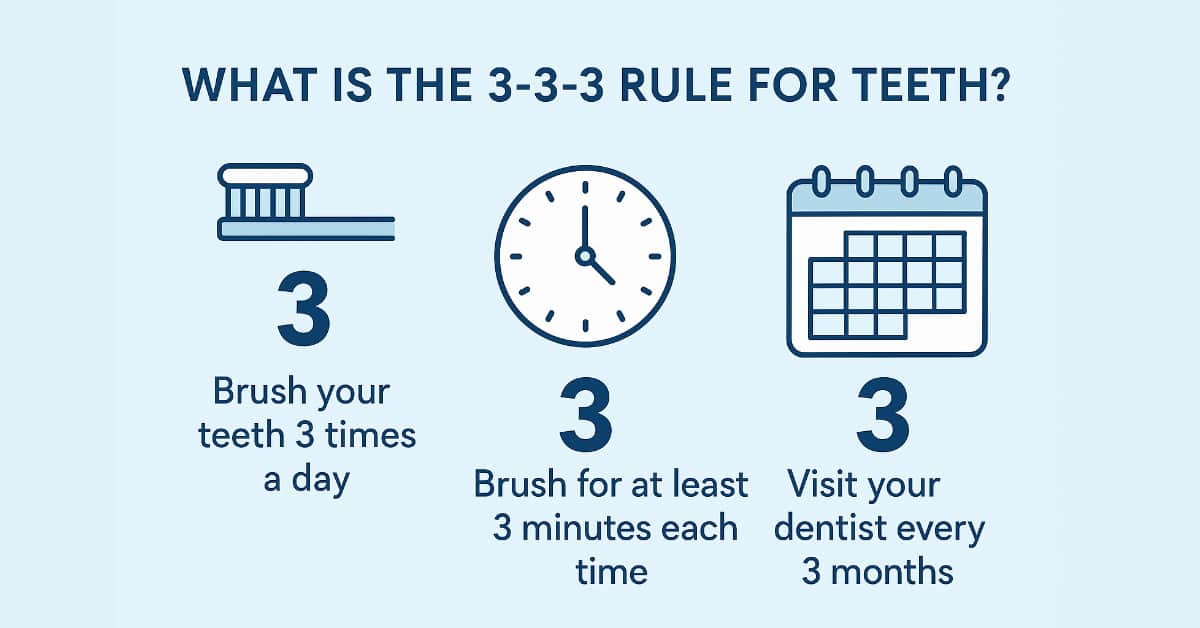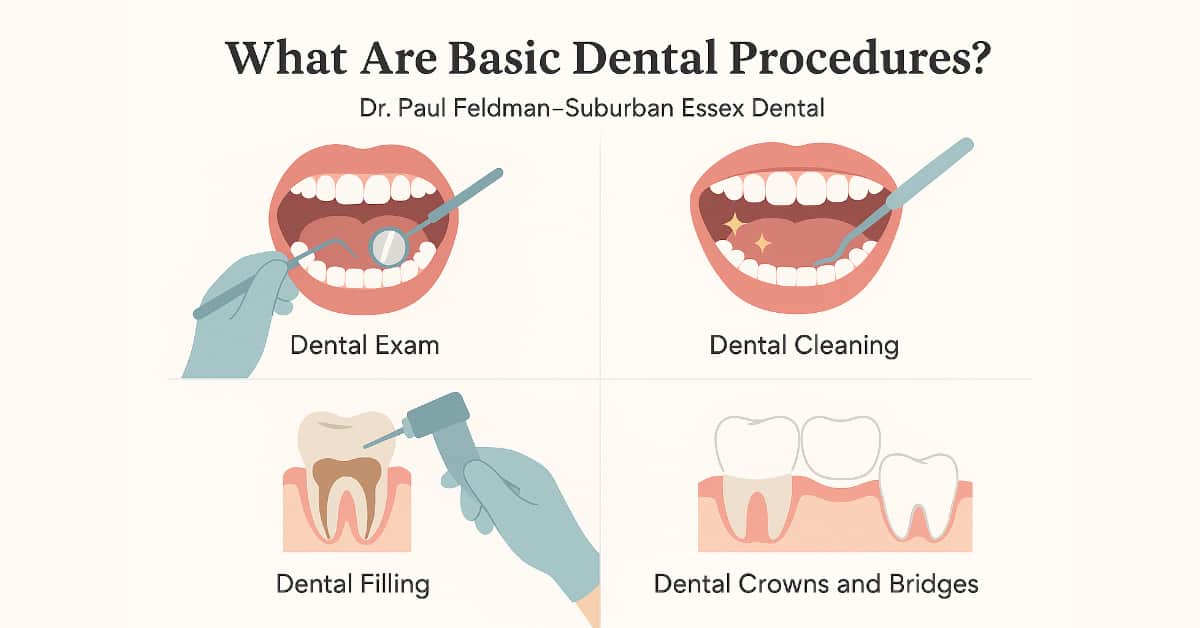Tooth Extraction Explained: Types, Procedure, and Benefits
A Tooth extraction procedure becomes necessary if extensive decay or trauma affects one or more teeth. This article explores the common types of tooth extraction procedures and what to expect from the process.
Tooth extraction refers to removing one or a few sets of teeth from the bone socket. People have two sets of teeth, milk teeth and permanent teeth. Milk teeth start to emerge about six months after birth and will naturally fall off or shed at different stages of childhood.
Permanent teeth eventually replace milk teeth in adults and last a lifetime. However, tooth complications such as decay and periodontal or gum diseases can necessitate an extraction to prevent illness or further damage. Though tooth extraction is a standard procedure, it should be performed by a qualified dentist.
Do I Need A Tooth Extraction?
Common teeth ailments like tooth decay and gum disease are preventable through regular brushing and dental check-ups. However, there are instances where tooth extraction is necessary.
If the tooth decay is so severe that it affects the pulp, then tooth extraction is necessary to avoid infection that may spread to the gums and jaw. In addition, if the milk teeth don’t shed on time, tooth extraction becomes necessary to pave the way for permanent teeth. Tooth impaction, overcrowding, and severe periodontal or gum disease are other instances that require tooth extraction.
Types of Tooth Extractions
The two primary types of tooth extraction include simple and surgical tooth extraction procedures.
Simple tooth extraction is the removal of teeth visible in the mouth. The procedure does not involve tooth sectioning or incisions on the gums. Instead, the dentist grasps the affected tooth using forceps and moves it back and forth or sideways until the surrounding gums and structures loosen to allow the extraction.
A surgical extraction becomes necessary if the teeth chip or break at the gum line. The oral surgeon will incise the gum to access the affected tooth and extract it during a surgical operation.
What to Expect
The dentist reviews the patient’s medical and dental history before recommending or undertaking tooth extraction. First, an X-ray examination will help reveal the position and condition of the affected tooth. Then, the dentist will numb the tooth and surrounding gum areas using local anesthesia for the simple extraction procedure.
For a surgical extraction, the oral specialist will administer a more potent sedating anesthesia for the complex surgical procedure, putting you to sleep during the extraction process. Your oral surgeon will recommend a soft diet and a few days of rest for a smooth recovery after the surgery.
Benefits of Tooth Extraction
Though tooth extraction is often the last resort in resolving dental issues, it benefits the patient and ultimately improves their quality of life.
Pain relief
Pain from dental cavities is one of the main reasons people visit their dentist. Lodged objects and severe tooth decay are other issues behind tooth sensitivity. In addition, tooth infections that reach the tooth root can inflict much pain on the patient if left untreated. Sometimes a tooth extraction procedure is the only way to relieve tooth pain and discomfort.
Prevent the Spread of Infections
Periodontal disease affects the gums, ligaments, alveolar bone, and surrounding teeth structures. It arises from the build-up of plaque on the teeth. Gingivitis, the inflammation of the gums, is usually the first symptom of periodontal disease. Though regular brushing of your teeth can prevent periodontal disease, tooth extraction is necessary if the infection reaches the bone and periodontal ligaments. In addition, tooth extraction will restore your gum health and prevent the further spread of the infection.
Eliminates Tooth Overcrowding
Tooth overcrowding is a common dental issue where two or more teeth grow within the same gum area. The affected teeth may tilt outwards or inwards, thus affecting the quality of your smile. Though teeth alignment using braces is a popular option, it is only possible if there’s enough room for the overcrowded teeth to move.
Tooth extraction becomes necessary if the overcrowding is so severe that the affected tooth has no room to move. After tooth extraction, the remaining teeth become easier to clean while decreasing the risk of tooth decay and gum disease.
Repairing Damage from Trauma and Accidents
Tooth loss and severe teeth injuries are common in the aftermath of an accident such as a car collision. Sometimes, if the impact is too much, It becomes difficult to save the affected teeth. A tooth extraction procedure becomes necessary to remove cracked and chipped teeth, improving recovery.
Do You Need To Set Up a Dental Consultation with The Best Dentist Around?
And when we say “best,” we mean it. Dr. Paul Feldman has been voted a “TOP” NJ Dentist since 2012 and has not missed a year. So, what are you waiting for? It should be absolutely nothing. Contact our dental office to set up a dental appointment, and we will be happy to put you on your way to a happy, healthy and beautiful smile.
Our friendly dental office is located in West Orange, New Jersey in Essex County.
1500 Pleasant Valley Way, Suite #202, West Orange, NJ 07052
Tel: 973-669-0500
Email: info@subessexdental





